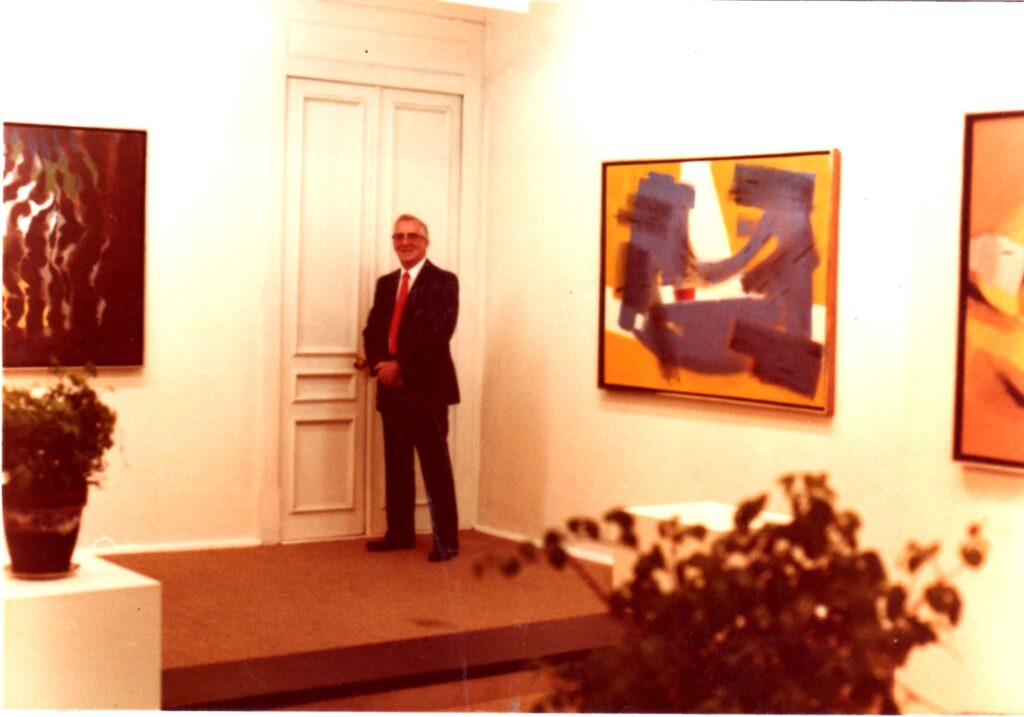
The Fontaine Archive is a resource for owners of Paul Fontaine (1913-1996) paintings seeking valuations or looking to connect with other collectors, as well as collectors wishing to acquire Fontaine art.
If you own a Fontaine painting, would like to purchase or borrow a Fontaine painting, would like rights to reprint the works of Paul Fontaine or Virginia Fontaine, or translation rights for archive material, or have other questions about the holdings of the Archive, please email: information-at-fontaine.org or fontainearchive@g___l.com tel: 512-415-1744
We are actively collecting all information about the whereabouts of Fontaine paintings. A catalogue raisonnee is in progress. Please get in touch with us and keep us updated if you plan to sell or have recently acquired a painting.
Have you seen any of these LOST paintings? Lost Works in the United States ; Lost Works in Mexico
The Fontaine Archive’s mission is also to foster a community of historians, art historians, artists, and collectors interested in the art and events of postwar modernism in Germany. The writings and art of Virginia Hammersmith Fontaine (1915-1991) and Paul Emile Fontaine (1913-1996) provide context and detailed description of the expatriate experience and the role that the arts played in postwar Europe’s rebuilding. Digital versions and indexes are housed with the Archive. However, the original letters, photography, and guest books are at the University of Texas Harry Ransom Center. Questions?: information-at-fontaine.org or fontainearchive@g___l.com tel: 512-415-1744